What is a CDN? Understanding content delivery networks

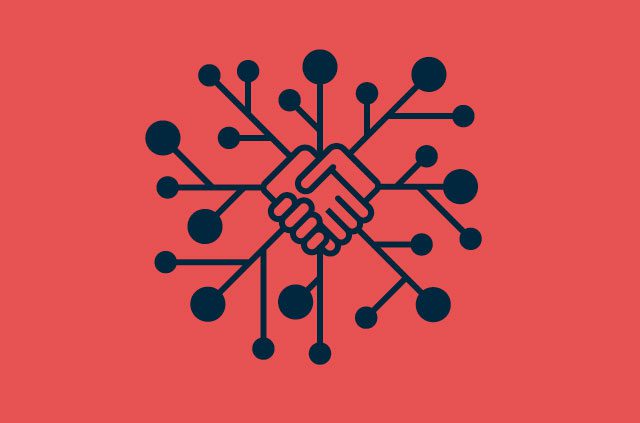
Why do some websites load almost instantly, even when hosted halfway around the world? The secret often lies in using a CDN. CDN stands for Content Delivery Network. It’s a geographically distributed server system designed to deliver web content efficiently, reduce latency, and improve user experience. It caches (stores) copies of websites’ files on servers close to end users, so those users experience much quicker load times.
Speed is a big deal, but it’s not the only reason you might look into a CDN. Reliability, protection from threats, and even better search rankings come into play, too. Let’s dig into the core concepts of CDNs, step by step. You’ll learn how these networks handle your files, reduce your site’s bandwidth needs, and propel your performance to new levels.
Keep it fast and secure: Just as a CDN speeds up content delivery, a VPN keeps your internet connection private without slowing you down. ExpressVPN’s industry-leading network of servers in 94 countries helps you stay secure and more anonymous online – the perfect complement to a fast web experience.
How does a CDN work?
To understand this, let’s look at the key components of a CDN first:
- Origin servers: These contain the original versions of the content.
- Edge servers: Located in Points of Presence (PoPs) around the world. These servers cache copies of content from origin servers.
- DNS servers: Direct requests to the most appropriate edge server for faster delivery
CDNs speed up websites by storing content closer to users, reducing delays, and handling high traffic. Essentially, they make websites faster and more reliable for everyone. For example: If you’re in New York and access a website hosted in London, without a CDN, your request would travel across the Atlantic Ocean, causing delays. With a CDN, a cached version of the website is stored on an edge server in New York, enabling faster access and improving website performance.
The efficiency of a CDN hinges on the strategic placement and function of its edge servers and Points of Presence (PoPs). We look at this next.
The role of edge servers and PoPs
A CDN is made up of numerous edge servers located in various PoPs across different cities and regions. A PoP is basically a data center location where one or more CDN servers live. These edge servers are called “edge” because they sit at the network's outer edge, close to end-users. When you request content from a website that uses a CDN, you’re often connected to the nearest edge server rather than the website’s origin server which could be half a world away.
Imagine you run a site that features photos. If you only store them in a single data center in Dallas, a visitor in Tokyo might notice slower load times. But with PoPs scattered around Asia, Europe, and elsewhere, your Tokyo-based user can get those same images from a local edge server. It feels immediate from their point of view. This is one reason people rely on CDNs for global content distribution—it’s the entire idea behind bringing data physically closer to the visitor.
How CDNs cache and deliver content efficiently
When someone visits your site for the first time, the CDN retrieves the needed files—HTML documents, images, JavaScript assets, stylesheets, or videos—from your main server. Then it saves them on that local PoP. The next time a visitor from the same part of the world requests the same file, the CDN won’t ask your origin to send it again. Instead, the local CDN server returns it right away. That’s caching in practice: The server holds onto a copy for repeated use.
This helps you on multiple fronts:
- Reduced server response time: Your origin infrastructure handles fewer requests.
- Faster website performance: End users receive content from the nearest server.
- Bandwidth optimization: You transmit less data overall, since cached copies take the load off your origin.
With the right content delivery network architecture, your most commonly accessed files remain cached for as long as you set in your rules. This is often referred to as “time to live” (TTL). Once content expires, the CDN refreshes it with a newer version—perfect for articles that update or images that change from time to time.
CDN vs traditional hosting: key differences
When you only rely on a traditional hosting plan, everything lives in one or two data centers. You might see high speeds for those geographically close to those centers, but visitors located farther away could notice a significant delay. A more local server can be a partial fix if you anticipate large foreign audiences, yet that approach alone may get pricey. You’d need separate hosting accounts or specialized plans in different locations.
A CDN offers a simpler solution. You have one origin server, but your CDN partner has many distributed servers. They take care of geographical coverage, letting you tap into a global presence without the headache of setting up multiple hosting plans. It’s a classic example of a client-server network with multiple caching nodes that offload the workload from your main host. This means a better experience for users and less load on your origin. Next, we look at why all this matters
Benefits of using a CDN
It’s not just about load speed—CDNs provide a range of perks. Let’s review a few.
Faster load times and reduced latency
The most immediate benefit of a CDN is dramatically faster load times for your web content as local copies of your files get served right away. This addresses the root cause of long wait times: physical distance. Shorter routes lead to snappier experiences. If your site has users from many regions, you’ll see a meaningful drop in latency.
A quick scenario: Let’s say you run a blog with high-resolution images. A user from South America might usually wait for data from your primary server in North America. That extra trip can slow them down. You cut the journey drastically by placing those images on a PoP in Brazil. Their device doesn’t need to fetch anything from thousands of miles away. The result is better page speed optimization for them and a more consistent experience across all visitors.
Improved website reliability and uptime
Another huge benefit of CDNs is improved reliability. When your content is spread across many servers, you’re less vulnerable to local outages. If one PoP goes offline, another location can still serve your files. Some CDN providers will automatically reroute traffic, minimizing disruption for your audience. This is invaluable if you handle mission-critical sites or user-facing apps that must remain accessible. No one wants their website to go down during a peak usage moment.
A good practice is combining robust reliability with your own backups. That way, you aren’t fully dependent on a single vendor. Still, a well-maintained CDN usually helps you cut downtime significantly.
Bandwidth savings and cost efficiency
Using a CDN can also significantly save bandwidth and hosting costs. How? By offloading the delivery of content from your origin server to the CDN’s servers. When your CDN caches your files, it means users are downloading those files from the CDN’s edge servers instead of from your host. This can save you money if your site or app sees large volumes of data. Many site owners eventually discover that a good CDN costs less than paying for more powerful origin hosting alone.
Caching static files is often the biggest piece of the puzzle. For instance, if you run an image hosting service or large data library, offloading that traffic to a CDN means you’re paying less for your main server’s bandwidth. Over time, that may bring down your monthly or yearly bills.
SEO advantages: how CDNs impact search rankings
Fast, reliable websites don’t just make users happy—they also make search engines happy. Search engines look at website speed when deciding how to rank pages. Pages that load quickly tend to hold users’ attention and encourage them to stay longer. This is an important factor for search algorithms.
Short dwell time and high bounce rates can push your page down. So, by handing over the heavy lifting to a CDN, you:
- Boost loading speed for your most common assets.
- Improve user engagement signals.
- Potentially climb higher in organic search results.
That said, a content delivery network won’t guarantee top rankings, but it can give you a leg up. Speed is a known ranking signal. So if you’re serious about optimizing for search, a CDN can help your performance, especially if you serve a broad, international audience.
Common use cases for CDNs
Almost any website or online service that serves content to users can benefit from a CDN, but some use cases especially gain from what CDNs offer.
E-commerce and online retail
Online stores often depend on images, product pages, dynamic scripts and user reviews to give online shoppers a smooth experience. Speed means money—shoppers bounce if a store lags. A CDN can host large catalogs of product photos, letting your store pages pop up quickly. This approach improves conversions, especially when visitors arrive from faraway regions. A speedy site also builds trust. Users feel more confident browsing and entering payment info on a site that behaves smoothly.
Streaming services and media websites
If you enjoy streaming video or audio online, you’re almost certainly benefiting from a CDN. Video streaming or audio platforms want minimal buffering. A CDN can distribute entire libraries of movies, shows, or podcasts across multiple servers. Latency goes down for you, the viewer, and the platform can handle big traffic surges. That’s crucial if you release new episodes or host live events that draw crowds from every corner.
Enterprise and SaaS platforms
Software-as-a-Service (SaaS) often involves large data transfers and interactive elements that must feel smooth. Global companies can’t just rely on one data center. A content delivery network helps them deliver dashboards, analytics, or software updates to employees and customers without big slowdowns. It also helps with load balancing across many servers.
Many enterprise platforms integrate a CDN behind the scenes to handle everything from large downloads to updates. This approach cuts waiting times for end users and can support a better user experience overall.
Gaming and interactive content
Online games and interactive sites frequently move images, 3D assets, or patch downloads. Players want minimal lag, so placing game files near them is the best plan. A CDN can store game updates on edge servers worldwide. Gamers connect to the closest server for quick downloads and fewer performance hiccups.
Latency is often the number-one enemy of smooth gameplay. Having a global cdn server footprint helps game developers reduce that problem. Your players can jump into matches without waiting too long to update files or load large maps.
Despite the benefits, remember, using a CDN isn’t just “set it and forget it.” There are important security considerations and potential challenges to be aware of, which we’ll tackle next.
CDN security risks and challenges
No technology is without its challenges, and that includes CDNs. While content delivery networks offer performance and reliability, they also introduce some security considerations and potential risks that both users and site owners should consider.
DDoS attacks and mitigation strategies
A Distributed Denial of Service (DDoS) attack floods a server or network with massive amounts of fake requests, blocking real visitors from accessing the service. When you use a CDN, you might worry that malicious actors will target those distributed servers. Some CDN providers bundle DDoS mitigation, filtering suspicious traffic before it hits your origin.
If your provider has strong DDoS protection, they generally absorb or block these floods at the edge, keeping your main servers safer. Strong CDN-based defenses can spot abnormal traffic patterns and intercept them early. Still, double-check the fine print on your plan. Not every vendor includes advanced DDoS measures in the base offering.
Read more: 7 examples of the biggest DDoS attacks
Data privacy and potential vulnerabilities
Data passes between your origin and the CDN’s servers and between those servers and end users. An attacker might intercept sensitive data if the CDN’s infrastructure is compromised. That risk grows if you handle user credentials, payment info, or personal details.
Choose a CDN that emphasizes CDN security best practices: encryption of data in transit, regular audits, and minimal storage of personally identifiable information. You might also store only a fraction of your data on the CDN and keep certain secure elements on locked-down servers. Balance performance with privacy for your particular project.
Another way to mitigate this is to use a VPN; for example, if you’re using ExpressVPN, your traffic to the CDN is encrypted through the VPN tunnel, adding an extra layer of privacy so the CDN sees only the VPN server’s IP and encrypted data.
Read more: What is data privacy and why is it important?
SSL/TLS encryption and secure content delivery
Many modern sites adopt HTTPS so that data is encrypted end to end. Your CDN should be able to handle SSL/TLS certificates. If you want a secure padlock displayed in visitors’ browsers, your CDN setup must pass that encryption back and forth. The best providers take care of this by offering dedicated SSL or shared certificate options.
Make sure that the CDN’s encryption does not break your site’s security features. If incorrectly configured, you might face certificate mismatches or warnings in the browser. Once set up correctly, it offers safe, encrypted paths for data transfers across all PoPs.
Read more: What are the differences between HTTP and HTTPS?
Compliance considerations for businesses
If your business must meet GDPR, HIPAA, or other mandates, you need to confirm your CDN provider complies with relevant rules. Some regions have laws that require data to stay within certain countries. You can see how the “how does the cloud work” question has many layers—some revolve around data sovereignty. Make sure your provider has PoPs and legal coverage that align with these needs.
When investigating a new CDN partner, ask questions:
- Where are your PoPs located?
- Do you offer compliance certifications for my industry?
- How do you handle data logs and retention?
This clarity helps you pick a partner that fits your industry requirements. More on that next.
How to choose the best CDN provider for your needs
You know the upsides and the risks. Now it’s time to compare and contrast potential cdn providers. Many exist, from small niche services to huge names. What should you watch for when making your selection?
Performance and global coverage
Look for a provider that maintains a large global footprint. The more PoPs spread around the world, the more likely your visitors receive files from a local server. Some providers publish real-time maps or a network diagram example showing their PoP placement. You might find big coverage in North America and Europe, but maybe your audience is in Southeast Asia. So what you want is a CDN that will effectively speed up content for your audience. Double-check that you get strong performance in the regions that matter to you.
Security features and DDoS protection
We touched on DDoS defense. You might also want:
- A built-in Web Application Firewall (WAF)
- Bot filtering or rate-limiting
- Comprehensive SSL/TLS management
These features handle more than speed. They add an extra layer of protection. If you run a high-stakes site (like an e-commerce checkout platform or a big SaaS dashboard), robust security features can be worth the investment. Some providers highlight advanced threat detection or machine learning to block suspicious behavior. Evaluate what matters for your project.
Pricing, scalability, and cost-effectiveness
Content delivery network pricing models vary. Some charge flat monthly amounts based on data usage brackets. Others bill you purely by the gigabyte. Providers might tack on extra costs if you want advanced services like image compression or web application firewalls. Weigh your expected usage. If you forecast big expansions down the road, a pay-as-you-go plan might be flexible.
Don’t forget “soft” costs such as time spent integrating the CDN. If you’re building a large system, you might want direct support to help you scale. That can mean paying extra, but it might save you headaches later. In the end, you want a balanced plan that covers your traffic in a predictable way.
Integration and ease of use
Finally, you’ll want a CDN that is easy to set up and manage, especially if you’re not deeply technical or if you want to minimize the time spent on maintenance. Some providers have thorough plugins for widely known platforms, from WordPress to large frameworks. Others need more manual steps. If you handle big delivery optimization files or dynamic content, confirm that your chosen provider can handle your caching rules and edge logic.
Consider customer support channels. If the provider offers 24/7 chat, that can be valuable for round-the-clock operations. Don’t underestimate the value of a user-friendly control panel that guides you through setting up caching rules or analyzing stats. Some top-tier services include built-in analytics, so you see how well your caching is performing and how many requests are served from each PoP.
The future of CDNs: trends and innovations
Technology moves quickly, and CDNs evolve in fascinating ways. Let’s highlight three major developments that might shape how you use a content delivery network in the coming years.
AI-powered CDN optimization
Artificial intelligence (AI) is making its way into all sorts of technologies, and CDNs are no exception. It can examine usage patterns, detect where traffic spikes will hit, and dynamically adjust caching or routing. This goes beyond standard caching rules. With AI, your network can adapt on the fly, shifting resources toward busy PoPs, or applying advanced algorithms to spot DDoS attacks in real time. AI might handle tasks like “javascript reduce” (minifying your JS code on the edge) before serving it to users, further cutting down load times.
CDNs might integrate AI to help you see deeper analytics, too. You could review user behavior across many regions, then tune your content delivery strategies more precisely. This dynamic approach leads to better latency reduction and fewer resource bottlenecks.
Edge computing and next-gen CDN infrastructure
CDNs originally focused on delivering static data. Now, with edge computing on the rise, these networks handle more advanced tasks right at the PoP. You can run small code functions near your users—like personalizing content or resizing images. This approach lessens the load on your origin and speeds up responses.
A next-gen content distribution network doesn’t just store and deliver content. It may also compute or transform that content based on user requests. This kind of architecture merges the classic CDN model with modern serverless functions, pushing application logic out to the edges. It’s a big improvement for interactive or real-time services that can’t afford server round trips.
The role of 5G in CDN performance
5G mobile networks promise massive improvements in bandwidth and lower latency. Combined with a good CDN, it can produce near-instant web experiences on mobile devices. As 5G spreads, visitors will expect swift downloads and streaming on phones or tablets.
Service providers may upgrade their PoPs to handle higher data rates. Meanwhile, you might see more synergy between CDNs and telecom operators. If you target mobile users, keep an eye on how these improvements intersect.
Conclusion: Is a CDN right for you?
A CDN can transform your site or app performance by reducing latency, increasing reliability, and lowering overhead. Still, not every project needs one. If your audience is mostly local, the gains might be minimal. But for global traffic, a CDN delivers content from servers close to each user and can reroute data if one PoP fails. At the same time, keep an eye on possible risks, including DDoS attacks, data privacy issues, and compliance challenges.
To begin, assess your audience locations, traffic patterns, and file sizes. Compare potential CDN providers for geographic coverage, security features, and pricing. Once you select one, point your DNS to their network and configure caching rules. Test thoroughly—especially if your content is dynamic—before refining your setup. Over time, monitor how your CDN performs in key regions, tweak your caching settings, and consider a VPN to protect your own online connection while managing your site.
Take the first step to protect yourself online. Try ExpressVPN risk-free.
Get ExpressVPN
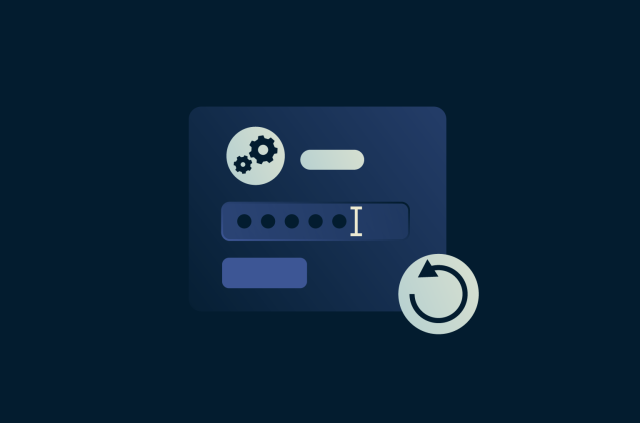

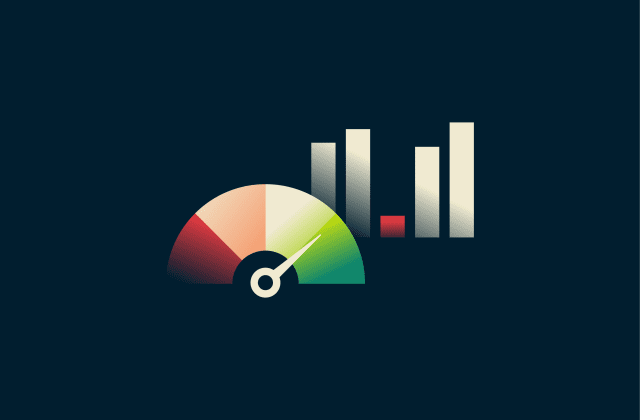
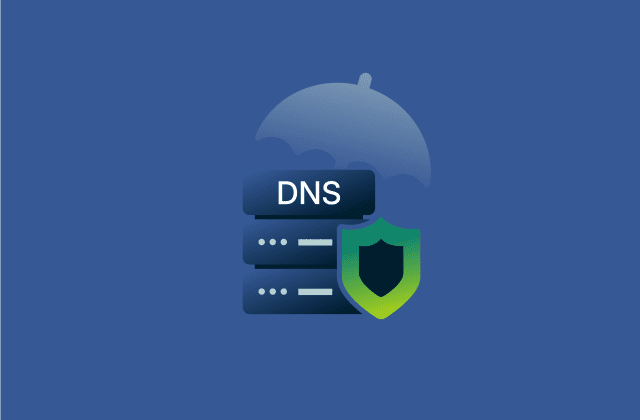


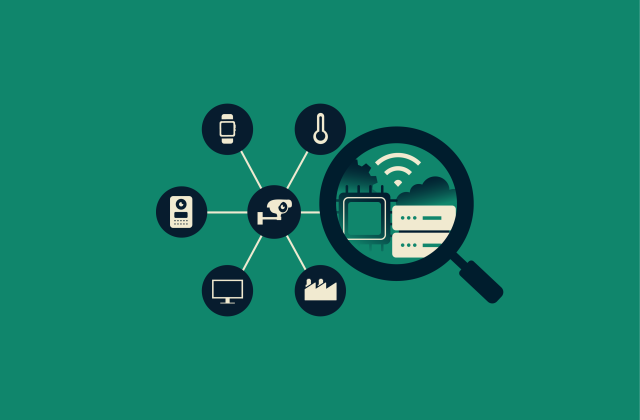

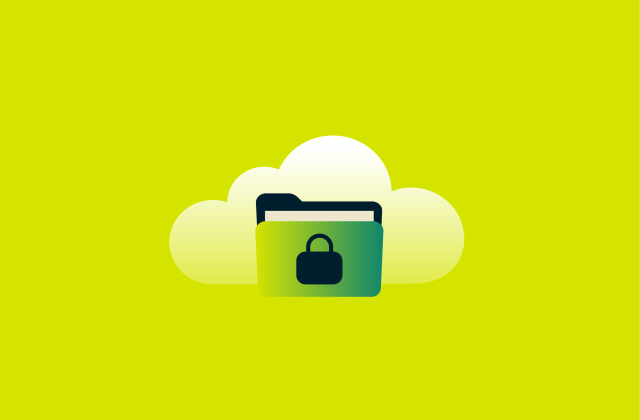
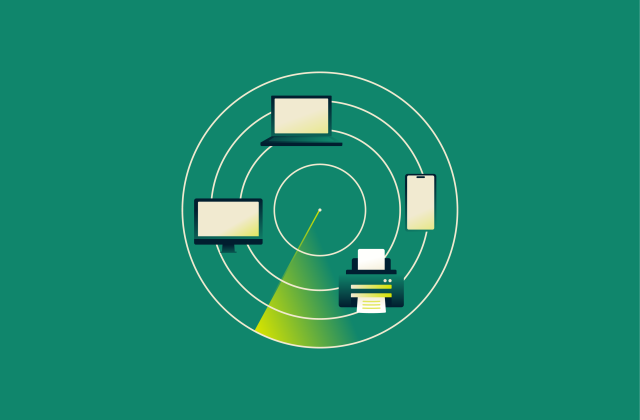
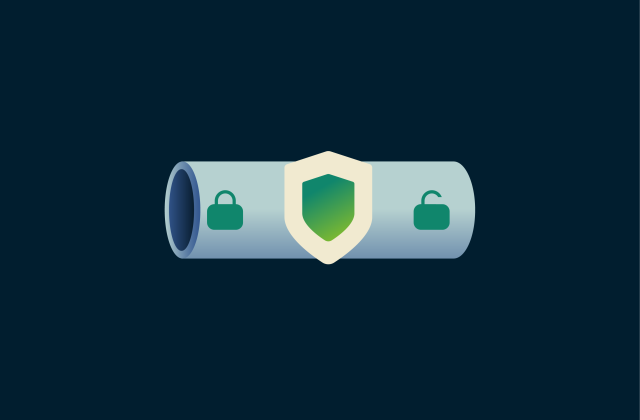

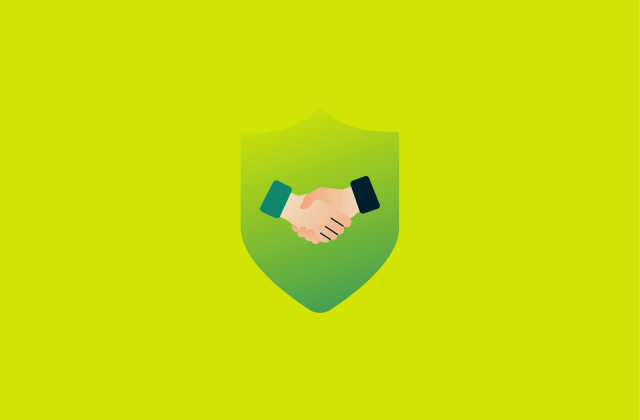
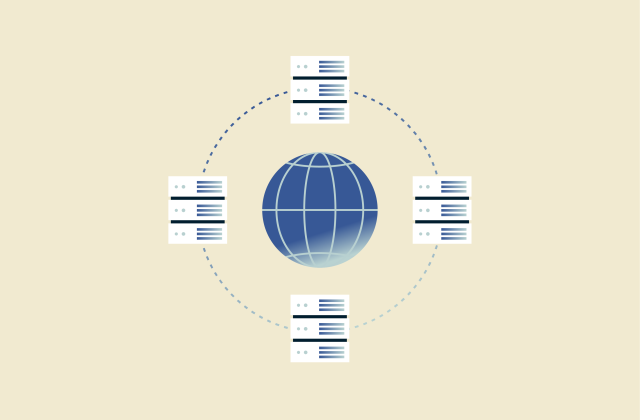





Comments
ddd
{{7*7}}d
#{ 7 * 7 }